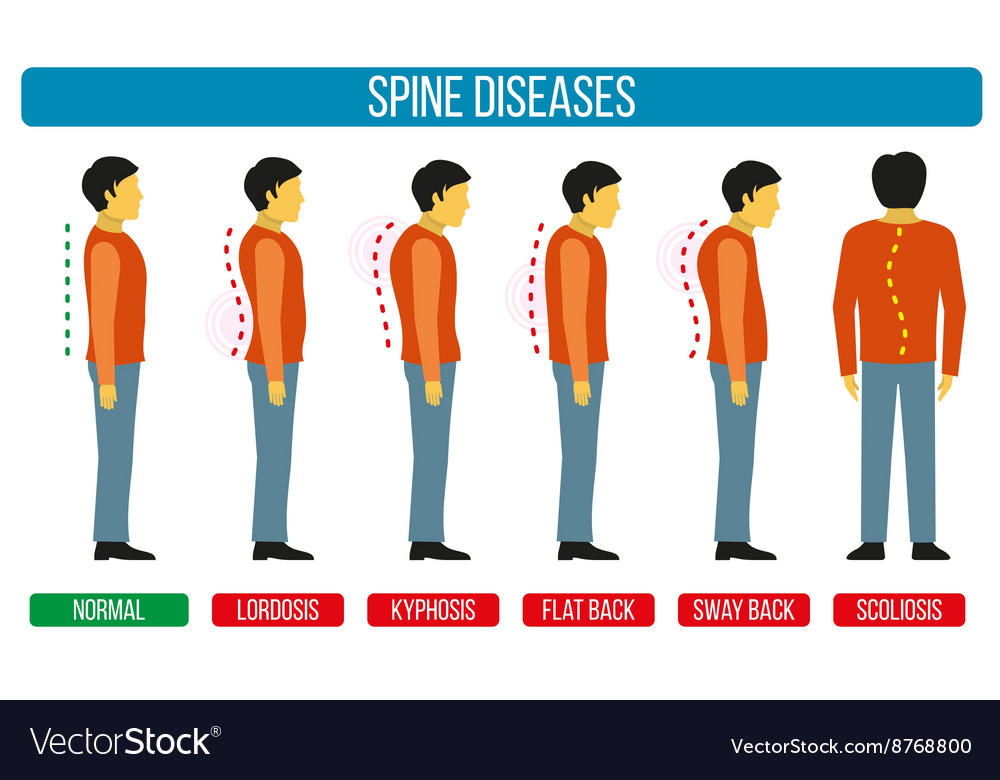The Impact Of Stance On Pain In The Back: Standards For Maintaining Excellent Positioning Throughout Your Daily Routine
The Impact Of Stance On Pain In The Back: Standards For Maintaining Excellent Positioning Throughout Your Daily Routine
Blog Article
Content Written By-McKinley Fraser
Preserving correct stance isn't practically staying up right; it's about straightening your body in such a way that sustains your back and lowers the danger of pain in the back. The way you sit, stand, and relocate throughout the day can significantly affect your spine health. But how exactly can you guarantee excellent alignment constantly, even throughout active days loaded with numerous tasks? Let's dive deeper into the refined yet impactful changes you can make to your daily regimen to keep your back satisfied and healthy.
Significance of Proper Posture
Appropriate posture is crucial in preserving a healthy back and preventing pain. When you sit or stand with excellent stance, your spinal column remains in alignment, reducing stress on your muscular tissues, ligaments, and joints. This positioning enables the body to disperse weight evenly, preventing extreme stress on certain locations that can lead to discomfort and discomfort. By keeping your spine properly lined up, you can also improve your breathing and food digestion, as slouching can compress organs and limit their functionality.
Furthermore, keeping good position can boost your overall look and positive self-image. When you stand tall with your shoulders back and head held high, you emanate confidence and appear even more approachable. Excellent pose can likewise make you feel a lot more stimulated and alert, as it advertises appropriate blood circulation and allows your muscle mass to function effectively.
Including appropriate posture into your daily routine, whether sitting at a desk, walking, or working out, is essential for stopping pain in the back and promoting total wellness. Keep in mind, a tiny adjustment in exactly how you hold on your own can make a considerable distinction in how you really feel and function throughout the day.
Common Postural Mistakes
When it concerns preserving excellent stance, several individuals unwittingly make typical errors that can add to back pain and discomfort. Among one of the most widespread mistakes is slumping over or stooping over while sitting or standing. This setting places excessive stress on the back and can result in muscle mass discrepancies and pain in the future.
Another common mistake is overarching the reduced back, which can flatten the natural contour of the spinal column and create pain. In how to stop back pain , crossing legs while resting might really feel comfy, but it can create an inequality in the hips and hips, causing postural concerns.
Utilizing a pillow that's as well soft or too solid while resting can also influence your positioning and add to neck and back pain. Last but not least, regularly craning your neck to look at displays or adjusting your position often can strain the neck and shoulders. Being mindful of these common postural errors can assist you preserve better positioning and decrease the threat of neck and back pain.
Tips for Correcting Alignment
To enhance your positioning and minimize neck and back pain, it's important to concentrate on making small changes throughout your daily regimen. Start by bearing in mind your posture. When resting, guarantee your feet are level on the floor, your back is straight, and your shoulders are relaxed. Stay Source Webpage of slouching or leaning to one side. Usage ergonomic chairs or pillows to sustain your reduced back.
When standing, distribute your weight evenly on both feet, keep your knees a little bent, and tuck in your pelvis. Involve your core muscle mass to support your back. Take breaks to extend and walk around if you have an inactive task. Integrate workouts that reinforce your core and back muscles, such as planks or bridges.
While sleeping, make use of a cushion that supports the natural curve of your neck to maintain appropriate spine placement. Prevent sleeping on your stomach, as it can stress your neck and back. By bearing in mind these suggestions and making small adjustments, you can slowly remedy your positioning and alleviate pain in the back.
Conclusion
Remember, keeping excellent pose is essential to avoid pain in the back and promoting back wellness. By being mindful of your positioning, distributing weight equally, and involving your core muscles, you can reduce stress on your back and reduce the threat of pain and injury. Incorporate ergonomic support, take routine breaks to extend, and reinforce your core and back muscle mass to keep appropriate alignment throughout the day. Your back will certainly thanks for it!
